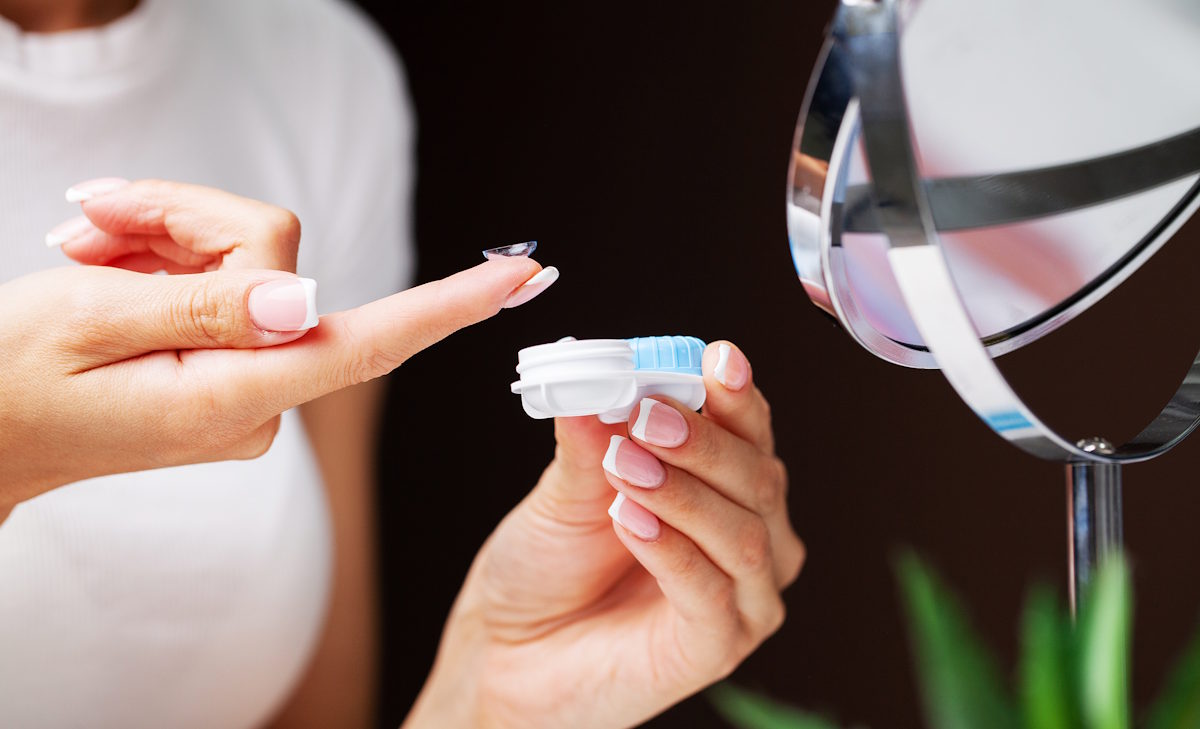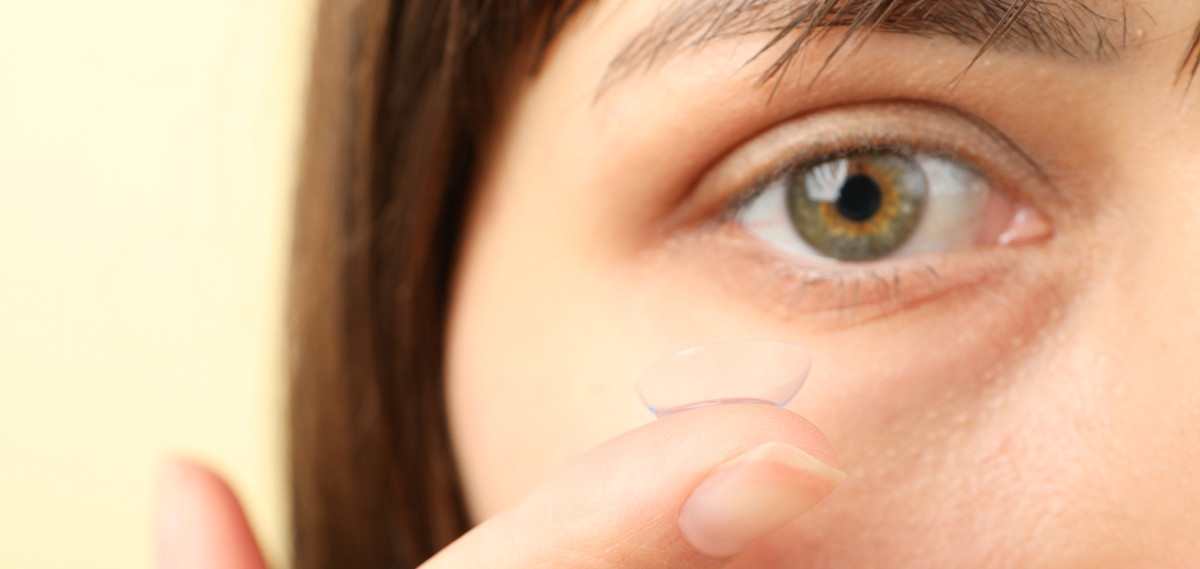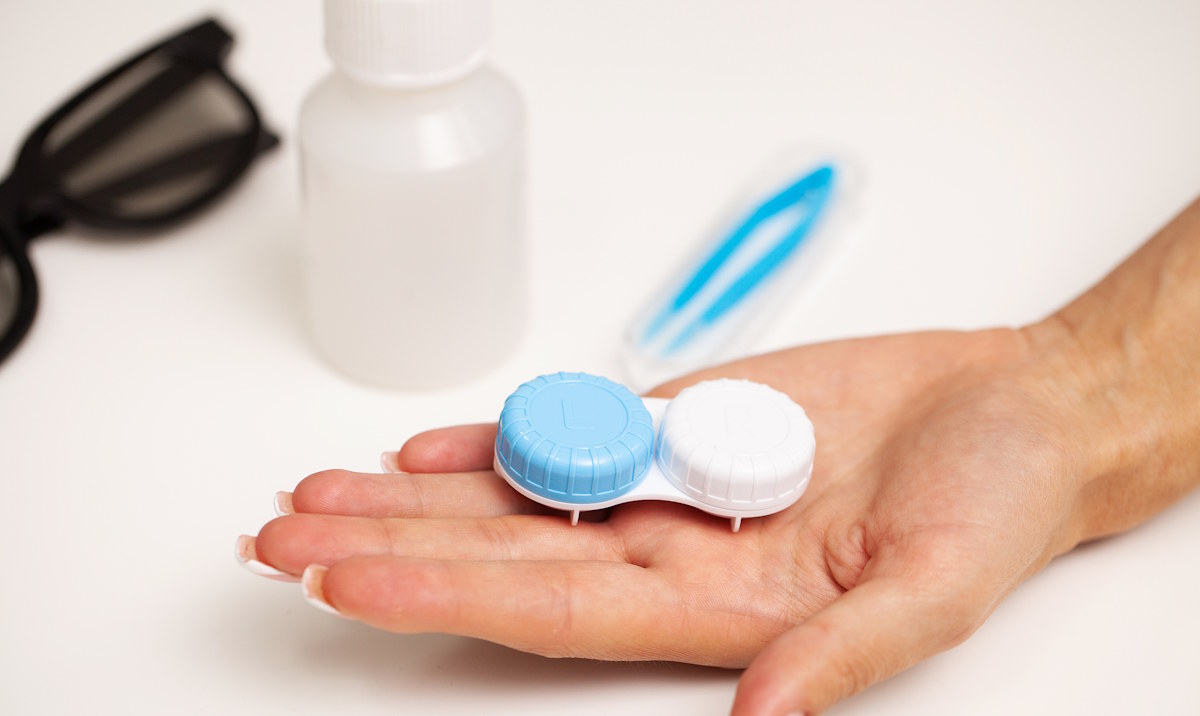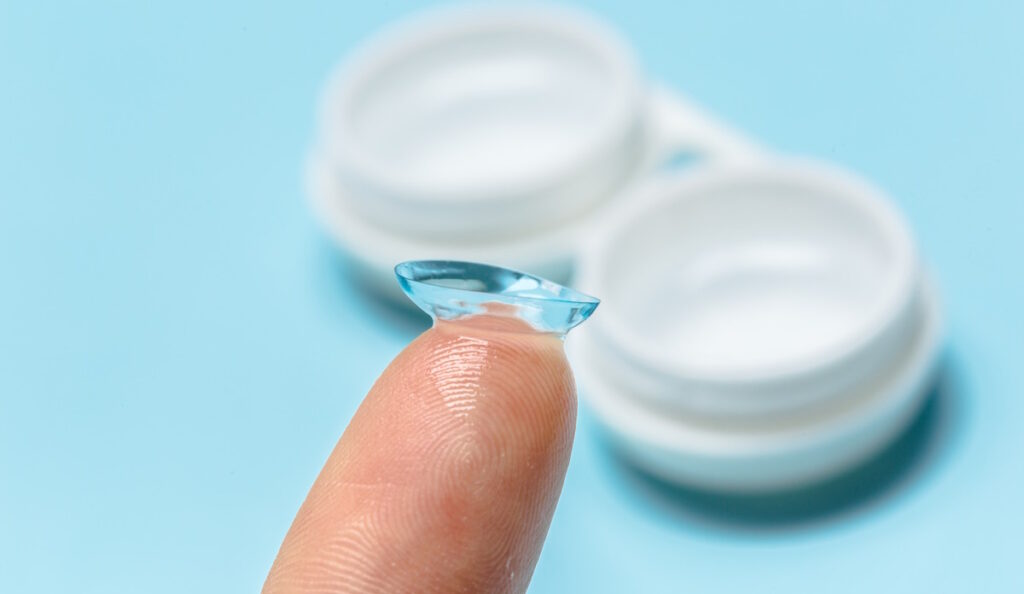If your optometrist has recently diagnosed you with a refractive vision issue, there’s a good chance you may be stepping into the world of contact lenses. This can understandably feel a little intimidating. You’re probably worrying about having to constantly change them and manually insert and remove them from your eyes. Then there’s storage, hygiene, and other considerations.
In this article, we’re sharing some tips for first-time contact wearers. But first, why are contact lenses such a popular option today?
Benefits of Contact Lenses
While they aren’t for everyone, contacts have been growing in popularity across the world. Of course, the main benefit for many is not having to wear glasses. Choosing contacts means you don’t have to wear glasses, carry them around, and worry about breaking or losing them.
Some will prefer glasses, but contacts are often the most practical option. Considering both contacts and glasses have the ability to correct refractive vision issues, contacts may have the upper hand when it comes to vision quality, as they offer a wider range of vision than glasses. Contacts conform to the shape of your eye, offering a broader field of vision than glasses.
The other big benefit of contacts is their lack of obstruction. Hiding safe under your eyelids, contacts can’t be knocked easily off your face during sports, activities, and everyday activities around the house. That means you won’t have to worry about breaking them or putting them down somewhere.
Tips for Wearing Contacts

Generally speaking, contact lenses allow people to live their regular active lives without having to stress about breakage or misplacing. But there are some exceptions. The most important exception is water exposure. Water exposure can cause contact lenses to swell, change shape, or stick to the eye, which can easily cause discomfort and potential injury. Water also presents a major bacteria risk. So that means avoiding oceans, lakes, public pools, hot tubs, and even the shower without first removing your contacts.
How long can you wear contacts? The short answer is it depends. Different types of lenses are designed to last different lengths of time. The type of lens you use will be determined in collaboration with your optometrist, who will consider your lifestyle and activity level. Daily disposable lenses are designed for one-time use, which means you can toss them each night before bed. Then there are bi-weekly lenses and monthly disposable lenses that can last for many wears.
Tips for Changing Contacts

Changing your contacts may seem like a daunting challenge if you’re inexperienced. And by failing to pay attention to best practices, it certainly can be irritating and unsanitary – even painful and dangerous.
The first tip to keep in mind is good hygiene. Before you attempt to put in or remove your contacts, always wash your hands thoroughly and dry them with a lint-free towel.
When it comes time to insert your contacts, this is where the real challenge begins. But after enough repetition, this process will start to feel natural. Start by inspecting the lens to ensure it hasn’t collected any debris or sustained damage. Then look up at the ceiling and pull your lower eyelid down. This will create space and expose the underside whites of your eyeball. With your fingertip, gently place the lens onto the eye and allow it to settle.
Removing your contacts is similar. Look up at the ceiling, gently slide the lens down to the lower part of your eye, and use your thumb and index finger to squeeze the lens out.
Tips for Storing Contacts

Unless you’re using daily disposable contact lenses that are simply thrown away each night, you’ll need to consider a storage routine for your lenses.
The first thing you’ll need is a contact lens case. These cases are specifically designed to enclose each lens, seal properly, and protect against contamination and dehydration – so don’t just use any old Tupperware. Your case should be cleaned regularly, and if it becomes damaged or overly dirty, don’t be afraid to replace every few months.
Your contact lens case works hand-in-hand with a contact lens solution. These solutions are made with different chemicals, saline, wetting agents and pH buffers tasked with cleaning and disinfecting the lenses. Every time you change your contact lenses, you should also be changing out your solution for the best level of comfort and safety. Do not reuse or top off old solution, as this is how contamination happens.
Finally, be sure to store your contact lenses and case in a cool, dry place. High temperatures will dehydrate the lenses while the bitter cold can make them stiff and brittle. Moisture or humidity of any kind opens the door for infection.
If you’re interested in switching to contact lenses, contact Inner Harbour Optometry in Victoria for a contact lens fitting. Our team will work with you to get you fitted and determine which type of lens will suit your lifestyle. Book an appointment online or visit us at one of our two downtown locations.
